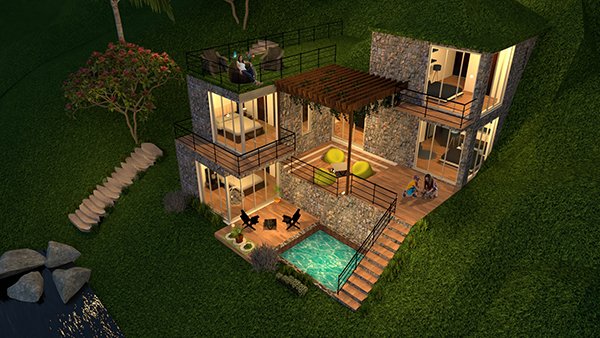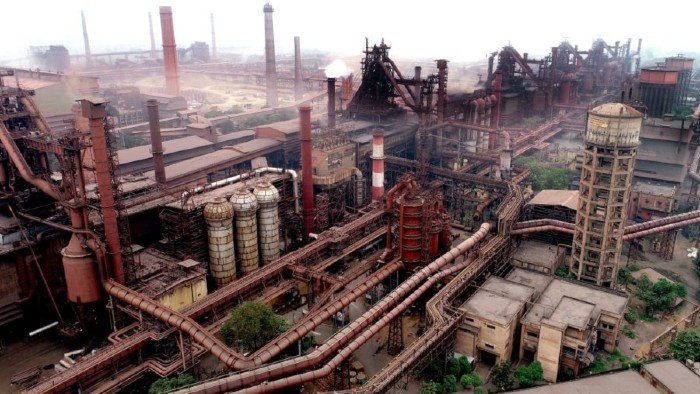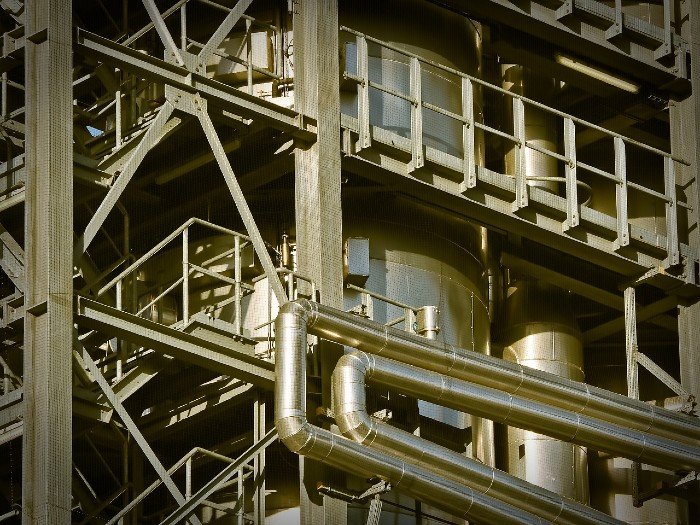With a gold medal from CEPT Ahmedabad and over 100 successful projects under her belt, Sudiksha Parekh’s journey has been an impressive one. From her experience as the Founder and Principal Architect of Imprints Architects to her exploration of steel, Parekh shares her journey in this candid conversation…
Your academic journey is impressive, having graduated with a gold medal from CEPT Ahmedabad. How did your educational experiences shape your architectural perspective and approach?
When I was studying and working on some projects at the time, I realised that the only thing that mattered was who used the space we designed and built. If there are many plots in the same region and the contextual cues are quite similar for each place, each plot would still be different due to the end-user. The user, be it an individual, a family or an organisation, has different perceptions of their space and what they need from it. Understanding this need is what allows me to shape the place.
Thus, Imprints was born. Just as a thumbprint is unique to an individual and cannot be copied, similarly an end-user’s unique thought process allows us to create one-of-a-kind projects. Whether it was a commercial project or residential, we focused on what the
person wanted to be portrayed as.
With 100+ key projects delivered, what key lessons have you learned about navigating the complexities of construction in general, and involving steel construction in particular?
Initially, we did concrete designs. We also wanted to break away from concrete construction due to sustainability concerns. Gradually, I also realised that the journey of the construction should be as crucial as the design. So, involving ourselves with only the design on paper will not help us deliver our best. Now, we are, from the ground level, involved in helping the projects take shape. Imprints does turnkey projects with the user in mind. It was a very quick understanding that timelines are a concern for our clients. In case of a long process, they lose interest and it becomes too much of a hassle. We took it upon ourselves to find a material that makes this process smooth. We experimented with different materials, locally available stone, bricks, basalt, and more. But steel stood out because of its efficiency in construction as well as its freedom for design and clear spans. For the past 5 years, steel has been our go-to material for almost every project.
Spotlight a project that holds special significance in your career, whether due to design innovation, or the impact it had on your architectural journey.
Our projects happen in different topographies, each with its own set of challenges. A few of our projects have been on the beach with wet soil and had to have a sloping roof due to heavy rains. In cases of projects in the mountains, especially in one of our recent projects in Khandala, we had to account for steep slopes. Bringing the material from the top to the lower levels of the mountains is quite difficult. So, instead of constructing the foundation in concrete, we decided to opt for steel in this project. Along with the material, the machines required were easily available. By choosing steel, we also were able to cut down on the labour, thereby, increasing the safety on-site.
This project in Khandala is one we are most excited about as a team. We went with the concept of an invisible house which is completely merged with nature. When one enters the site they can’t see the house. The terrace starts at the road level and the entire house is below, merged with the slope of the mountain, which is why we decided to use steel as the main structural element. Constructing this concept in RCC would have required filling the land and raising the foundation to a height, in turn, causing the client to spend too much. To be able to do such a project in India was also a dream since I used to work on similar projects during my stint in Switzerland.
Your personality is described as patient and detail-oriented. Could you elaborate on how this patient approach leads to the efficient execution of a project?
When you want to do something creative, to convince the client to try it as well is a process that requires a lot of patience. The market is cost-conscious and is happy to stick to the conventional method of construction. Generally, you want to get them excited to see the potential and explore the possibilities. It falls on us to gain the client’s trust to create something new. While in a conventional project, the client may have ten questions; with me, they may have more. So, in such cases, I am happy to answer any questions.
The designs are completely new and it’s not easy for a local mason to understand. Generally, an architect may depend on the civil engineer to take care of the details. I usually sit with the engineer to understand the details on my own and then make sure people at the site also understand it the same way it is designed. We also verbally explain it to them.
What gaps do you see in the Indian construction industry vis a vis your experience abroad?
The availability of steel is tricky because while we are able to easily procure the material needed for larger projects, I find that it’s difficult to do so with smaller ones. We use steel for almost every project, so if we are not able to acquire the required amount of material, we end up paying more. We also see a difference in the quality of the labour. Steel is a material that needs to be handled delicately for good finishing. Here, the labourers have to be trained accordingly.
Looking forward, what are your aspirations for your architectural pursuits, and how do you see your design philosophy intersecting with the evolving trends in the construction industry?
Along with design, I want to explore the construction aspect more since it has been a welcome challenge. Whatever I want to create, it would only be possible if I were the one to execute it. So understanding steel as a construction material is our goal. So, as a company, we are moving in that direction. We are also looking at a hotel project which will be constructed fully out of steel. We have taken the concept of a seashell with a pearl. The shell will be a curved structure and the building will be housed within it. We also want to expand our usage of steel with prominent features in our buildings and make beautiful, free-flowing structures.






